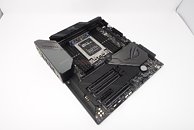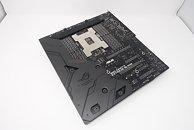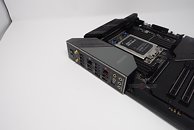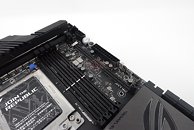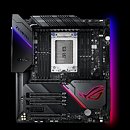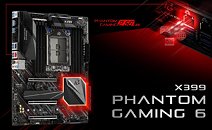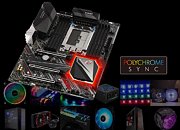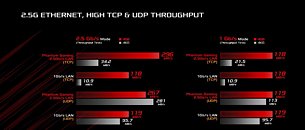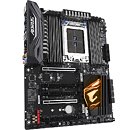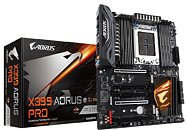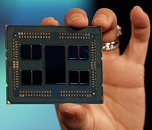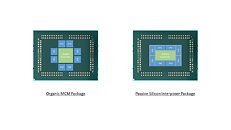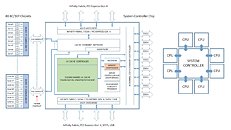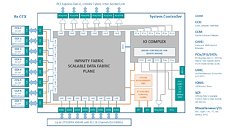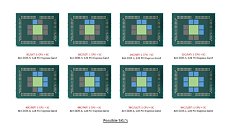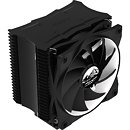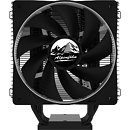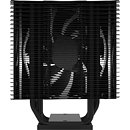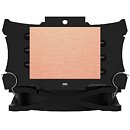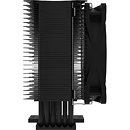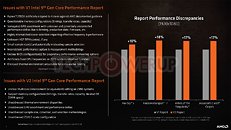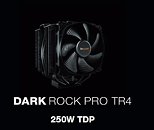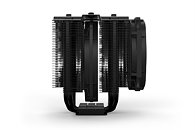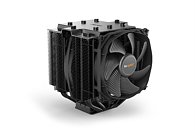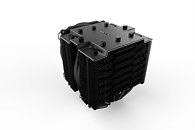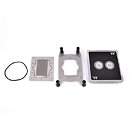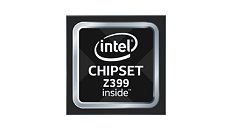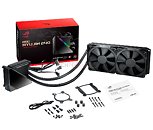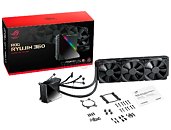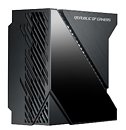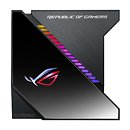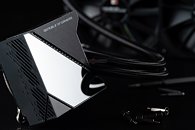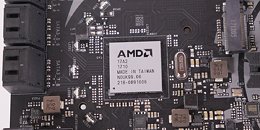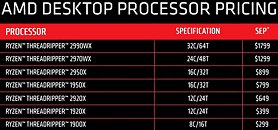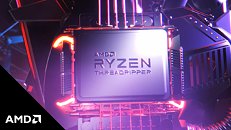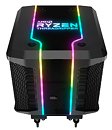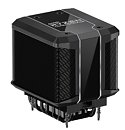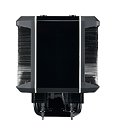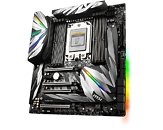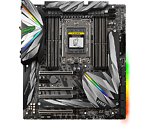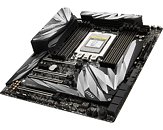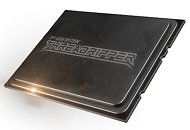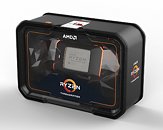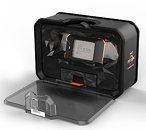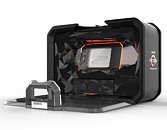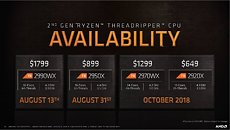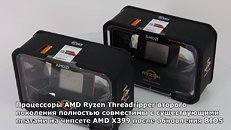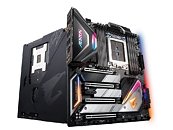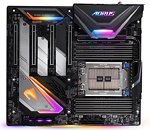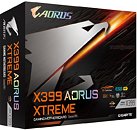
ASUS Unveils the ROG Zenith Extreme Alpha X399 Motherboard
ASUS unveiled its new flagship motherboard for the AMD platform, designed with out-of-the-box support for 2nd gen Ryzen Threadripper WX and X processors, the Republic of Gamers (ROG) Zenith Extreme Alpha. This board features an updated design aesthetic that's aligned with the company's latest ROG Extreme motherboards on Intel Z390 motherboards. The underlying PCB layout is entirely new, and different from the original Zenith Extreme, as are the heatsinks and shrouds covering various parts of the board, including a portion of its reverse side.
The I/O shroud which runs the entire length of the board is contiguous with a large RGB LED studded shroud covering the board's two M.2-2280 NVMe slots between PCIe slots. You get a U.2 port, and additional M.2 NVMe slots through the DIMM.2 riser accessory that's included with the board. ASUS has designed the CPU VRM of this board. It's still 10-phase on paper, but uses a high-end controller; and is tuned for overclocking the beastly Threadripper WX processors. Another killer feature with this board is 10 GbE wired Ethernet, driven by an Aquantia AQC-107 controller. You still get a 1 GbE driven by an i211-AT. ASUS appears to have done some cost-cutting with the WLAN card, though, which now only supports up to 1.73 Gbps 802.11ac MU-MIMO, compared to the original Zenith Extreme's 802.11ad draft controller with 4600 Mbps top-speed. The onboard audio solution is unchanged.
The I/O shroud which runs the entire length of the board is contiguous with a large RGB LED studded shroud covering the board's two M.2-2280 NVMe slots between PCIe slots. You get a U.2 port, and additional M.2 NVMe slots through the DIMM.2 riser accessory that's included with the board. ASUS has designed the CPU VRM of this board. It's still 10-phase on paper, but uses a high-end controller; and is tuned for overclocking the beastly Threadripper WX processors. Another killer feature with this board is 10 GbE wired Ethernet, driven by an Aquantia AQC-107 controller. You still get a 1 GbE driven by an i211-AT. ASUS appears to have done some cost-cutting with the WLAN card, though, which now only supports up to 1.73 Gbps 802.11ac MU-MIMO, compared to the original Zenith Extreme's 802.11ad draft controller with 4600 Mbps top-speed. The onboard audio solution is unchanged.
